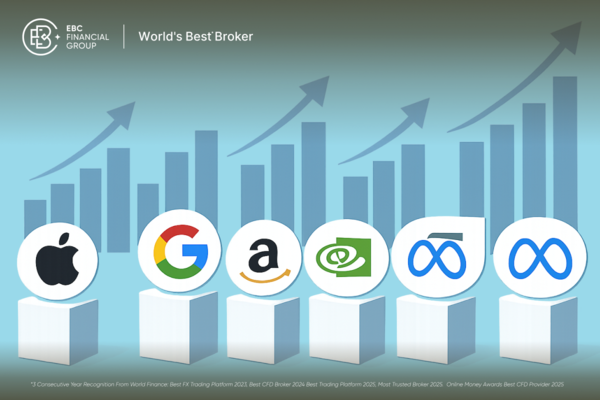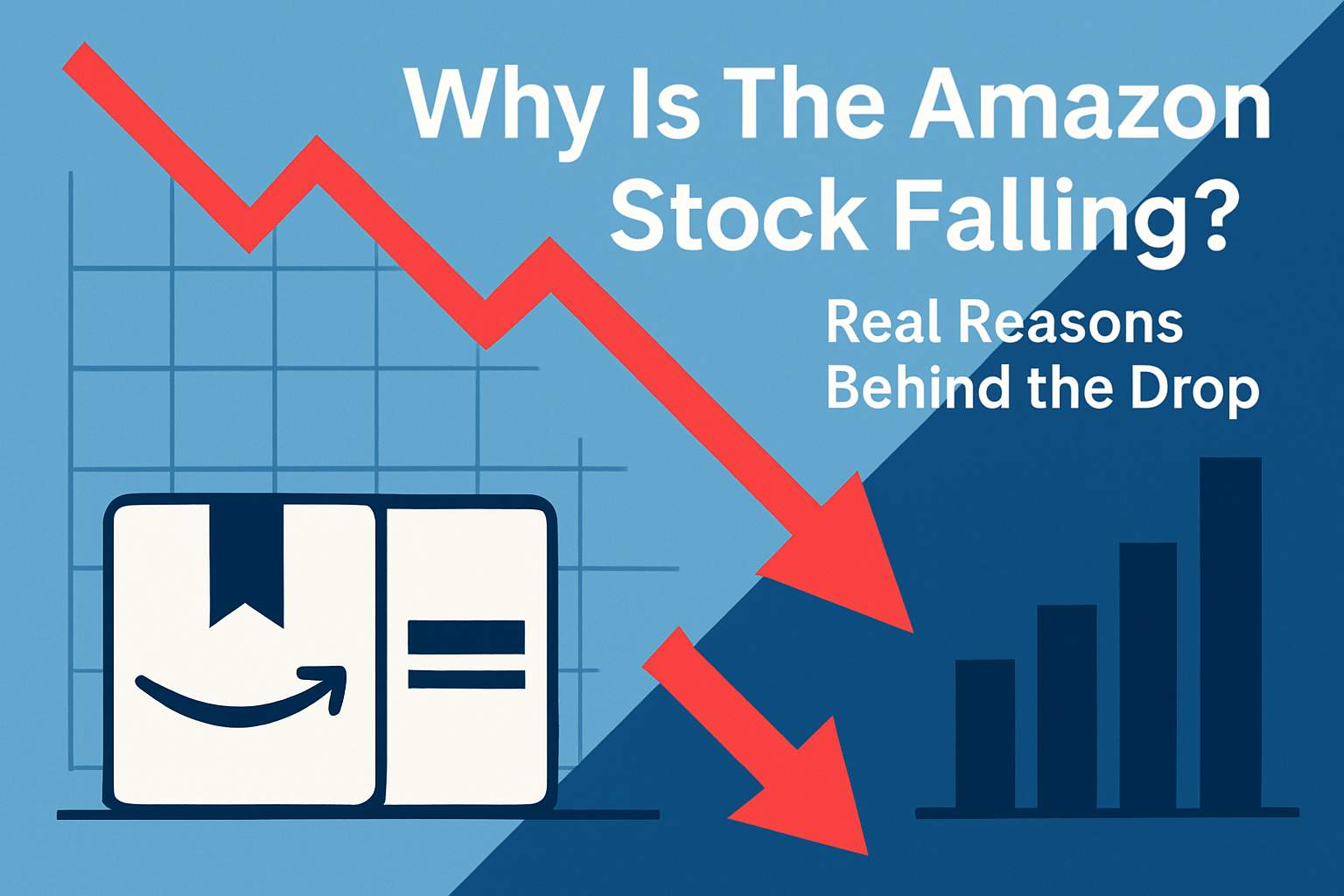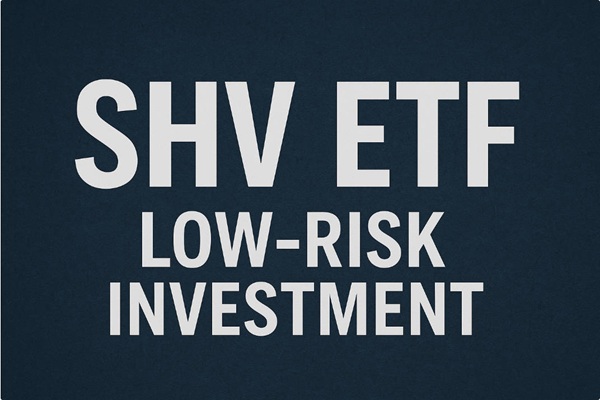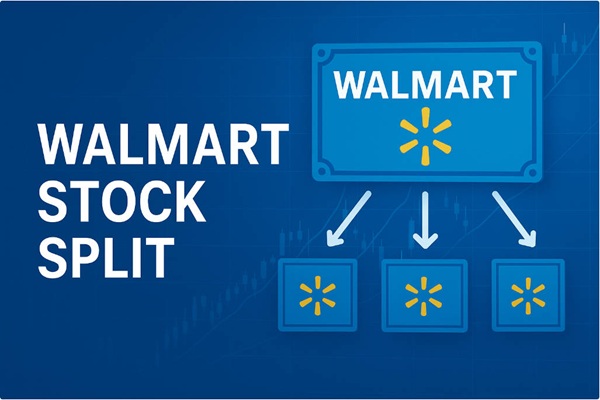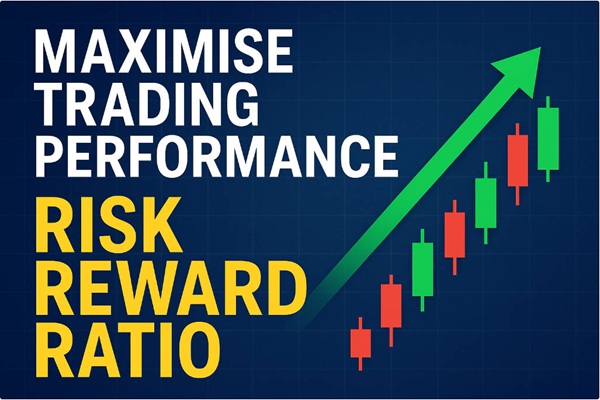The Magnificent Seven tech giants control 37.4% of the S&P 500's total market capitalisation, making this week's earnings reports the most important quarterly announcements in modern market history. Microsoft, Alphabet, and Meta report on Wednesday after US markets close, whilst Apple and Amazon follow on Thursday.
Wall Street expects these five companies to deliver combined earnings growth of 24% compared to just 7% for the remaining 493 S&P 500 members. Tesla reported on October 23 and Nvidia reports on November 20, leaving five members to determine whether this historic bull run continues or stumbles. With the S&P 500 already at record highs above 6,900, any disappointment on AI spending returns or revenue growth could trigger sharp selling across the entire market. [1]
When Do Magnificent 7 Companies Report Earnings?
| Company |
Market Cap |
Report Date/Time |
Revenue Est. |
EPS Growth Est. |
Key Metric |
| Microsoft |
$3.27T |
Wed 4:00 PM ET |
$74.96B (+14.3%) |
+9% |
Azure growth 38–39% |
| Alphabet |
$2.23T |
Wed 4:00 PM ET |
$88.3B (+13.2%) |
+32% |
Cloud revenue growth |
| Meta |
$1.59T |
Wed 4:00 PM ET |
$40.2B (+21.7%) |
+17% |
Reality Labs losses |
| Apple |
$3.63T |
Thu 4:00 PM ET |
$94.4B (+5%) |
+6% |
China revenue, Services |
| Amazon |
$2.29T |
Thu 4:00 PM ET |
$157.2B (+11%) |
+12% |
AWS growth rate |
The group's combined $22 trillion market value exceeds the entire economies of every nation except the United States and China. This unprecedented concentration means individual stock moves can dramatically swing the entire index, creating what strategists call "single stock risk" even for diversified portfolios.
Are Magnificent 7 Earnings Still Beating the Market?

The Magnificent Seven's earnings advantage over the broader market has begun shrinking, raising questions about whether premium valuations remain justified.
Recent quarterly performance:
Q2 2025: Magnificent Seven delivered 27% earnings growth, crushing Wall Street's 14% forecast.
Q3 2025 (expected): Growth projected at 24%, still triple the broader market's 7%.
Q4 2025 (forecast): Gap narrows further to 18% vs 9% for the other 493 companies.
Only Nvidia ranks among the top five contributors to S&P 500 earnings growth this quarter, down from four Magnificent Seven members in the top ten a year ago. Companies like Eli Lilly, Intel, and Boeing now contribute more to index-level profit growth than several tech giants.
However, the group maintains an impressive track record for beating estimates. Historical data shows these companies exceed consensus expectations 75-91% of the time, significantly above the S&P 500's 65% average beat rate. Currently, 86% of all companies reporting this season have surpassed expectations, suggesting a favourable earnings environment.
What Metrics Matter Most for Microsoft, Apple, and Amazon?
Microsoft (MSFT) - Wednesday after close:
Analysts expect revenue of $74.96 billion, up 14.3% year-over-year, with earnings per share of $3.10. The critical focus centres on Azure cloud growth, with UBS analyst Karl Keirstead projecting 39% growth versus management guidance of 37-38%.
Specific metrics traders will watch:
Azure AI services revenue contribution (analysts estimate $2-3B quarterly run rate potential).
Copilot subscriber numbers (management has been vague on adoption).
Capital expenditure guidance for 2026 (Q2 was $14B, mainly for AI data centres).
OpenAI partnership status following the September memorandum of understanding.
Microsoft has beaten earnings expectations 88% of the time historically and averages a 1.1% stock move on earnings day. CNBC's Jim Cramer emphasised the importance of Azure division growth and CFO Amy Hood's commentary, noting Microsoft is in a "challenging position" as a dominant enterprise force.
Alphabet (GOOGL) - Wednesday after close:
Revenue forecasts reach $88.3 billion, growing 13.2%, with EPS expected up 32%. Cloud revenue growth of 30.1% is anticipated, though Azure continues to gain market share. [2]
Critical metrics:
Search advertising revenue (core business facing AI disruption threats).
YouTube advertising performance (Wall Street consensus around $8.9 billion).
Google Cloud operating margins (path to profitability under scrutiny).
Capital expenditure increases for AI infrastructure.
RBC analysts anticipate a slight earnings beat, noting investors will seek evidence of search resilience amid ChatGPT's rising popularity. Cramer highlighted Google's profitable advertising segment, particularly YouTube and search, whilst emphasising that cloud services remain Wall Street's primary focus. The stock averages a 1.3% gain on earnings release days.
Meta Platforms (META) - Wednesday after close:
Facebook and Instagram's parent expects revenue of $40.2 billion, up 21.7%, with EPS growing 17%. Meta's AI-driven advertising improvements have delivered strong recent performance, making ad metrics particularly important.
Key data points:
Daily active users across Facebook, Instagram, and WhatsApp platforms.
Average revenue per user (ARPU) - especially in North America.
Reality Labs losses (analysts project approximately $4.5 billion for the quarter).
AI advertising ROI evidence and case studies.
Cramer expressed interest in seeing "an optimistic yet resolute Zuckerberg who discusses his competitive edge in AI" along with positive updates on artificial intelligence glasses.
Apple (AAPL) - Thursday after close:
The iPhone maker faces modest growth expectations with revenue of $94.4 billion, up just 5%, and EPS growth of 6%. Services revenue remains the bright spot with higher margins than hardware.
Critical metrics:
iPhone unit sales, particularly in China where Huawei competition intensifies.
Services revenue breakdown (iCloud, Apple Music, App Store).
Apple Intelligence adoption metrics and impact on upgrade cycles.
Gross margin performance amid product mix shifts.
Amazon (AMZN) - Thursday after close:
Revenue projections reach $157.2 billion, growing 11%, with EPS up 12%. Amazon Web Services remains the profit engine despite increased competition.
Key indicators:
AWS revenue growth rate and operating margins (consensus estimates point to 38% margins).
Retail margin improvements and sustainability.
Advertising business revenue (high-margin growth driver).
Recent AWS outage impact and customer response.
Yahoo Finance tech editor Dan Howley noted that unlike Microsoft's OpenAI partnership and Google's Gemini, Amazon lacks a comparable high-profile AI initiative despite its Anthropic partnership.
What Q4 Guidance to Expect from Big Tech Earnings
Q4 guidance often moves stocks more dramatically than Q3 results, as it sets expectations for year-end and provides 2026 visibility.
Q4 2025 analyst consensus projections (based on Wall Street averages):
Microsoft: Revenue $75-77 billion, Azure growth maintaining 35%+ pace
Alphabet: Revenue $92-94 billion, continued cloud acceleration
Meta: Revenue $42-44 billion, Reality Labs losses widening to $5B+
Apple: Revenue $120-125 billion (holiday quarter), Services growth 10%+
Amazon: Revenue $180-185 billion (Prime Day + holidays), AWS 15%+ growth
These figures represent analyst expectations rather than company-stated guidance, which will be provided during earnings calls.
Management commentary on 2026 capital expenditure plans will receive intense scrutiny. The four major cloud providers (Microsoft, Alphabet, Amazon, Meta) collectively plan approximately $200 billion in AI infrastructure spending for 2025, with 2026 budgets potentially exceeding that figure.
Fundstrat strategist Hardika Singh notes that "their job is to convince investors that it's still early innings for a secular AI bull cycle, where worries about valuations and froth would be short-sighted". The expectation is that management teams will maintain aggressive AI investment guidance whilst demonstrating early returns on current spending.
Three Risks Facing Magnificent 7 Earnings
Risk 1: AI Spending Without Proven Returns
The central question confronting every earnings call: are massive AI investments generating proportional returns, or does spending represent speculative bubble behaviour?
Combined AI infrastructure spending across the Magnificent Seven could exceed $200 billion in 2025. Historical technology bubbles featured similar patterns of massive capital deployment chasing uncertain future returns, with the dot-com crash of 2000-2002 serving as a cautionary example.
Microsoft Azure revenue is expected to have surged 38.4% in Q3, outpacing Google Cloud's 30.1% and Amazon AWS's 18%. However, profit growth is decelerating for these companies as expenses rise, with all except Microsoft expected to report their weakest profit growth in ten quarters.
Risk 2: Stretched Valuations at Record Market Highs
The S&P 500 trades above 6,900 following consecutive record-high closes, with the Magnificent Seven trading at an average forward P/E ratio of approximately 35x versus the broader market's 21x. This premium reflects expectations for superior earnings growth but leaves minimal room for disappointment.
The group has added nearly $1.3 trillion in market capitalisation recently, pushing their collective weighting to unprecedented levels. Bank of America strategists warn that "any earnings miss or cautious guidance could trigger sharp corrections given stretched valuations and crowded positioning".
Risk 3: Market Impact of Disappointment
A 10% decline in the Magnificent Seven would pull the S&P 500 down approximately 3.7%, given their 37.4% index weighting. Such moves could cascade into broader selling as algorithmic trading and portfolio rebalancing amplify initial declines.
However, strong beats could push markets substantially higher. Tesla missed estimates last week and saw its stock decline, whilst Netflix disappointed on tax expenses. These results from non-Magnificent Seven tech firms show the market's sensitivity to any earnings weakness in the technology sector.
How Magnificent 7 Earnings Could Move Markets This Week

Beyond the five Magnificent Seven reports, the Federal Reserve announces its policy decision on Wednesday, with a 25 basis point rate cut to 3.75%-4.00% nearly certain. Jerome Powell's press conference remarks about December cut prospects could overshadow even strong tech earnings if the tone turns hawkish. [3]
The S&P 500's 17% rally this year has shrugged off trade fears and government shutdowns, partially hinging on tech giants exceeding expectations. As Cramer noted, these stocks represent nearly 35% of the S&P 500 and "embody the finest offerings available in this nation and globally".
With $22 trillion in market value at stake across five companies reporting in 48 hours, these earnings will determine whether the Magnificent Seven justify their dominant market position or whether valuations have run too far ahead of fundamentals. The concentration of market influence in these few companies has never been greater, making this week potentially decisive for the remainder of 2025's market performance.
Disclaimer: This material is for general information purposes only and is not intended as (and should not be considered to be) financial, investment, or other advice on which reliance should be placed. No opinion given in the material constitutes a recommendation by EBC or the author that any particular investment, security, transaction, or investment strategy is suitable for any specific person.
Sources
[1] https://www.cnbc.com/2025/10/26/earnings-playbook-five-magnificent-seven-members-set-to-report.html
[2] https://www.reuters.com/business/retail-consumer/big-tech-report-earnings-under-specter-ai-bubble-2025-10-27/
[3] https://finance.yahoo.com/news/live/stock-market-today-dow-sp-500-nasdaq-futures-flat-with-fed-decision-slew-of-big-tech-earnings-on-deck-225431419.html
